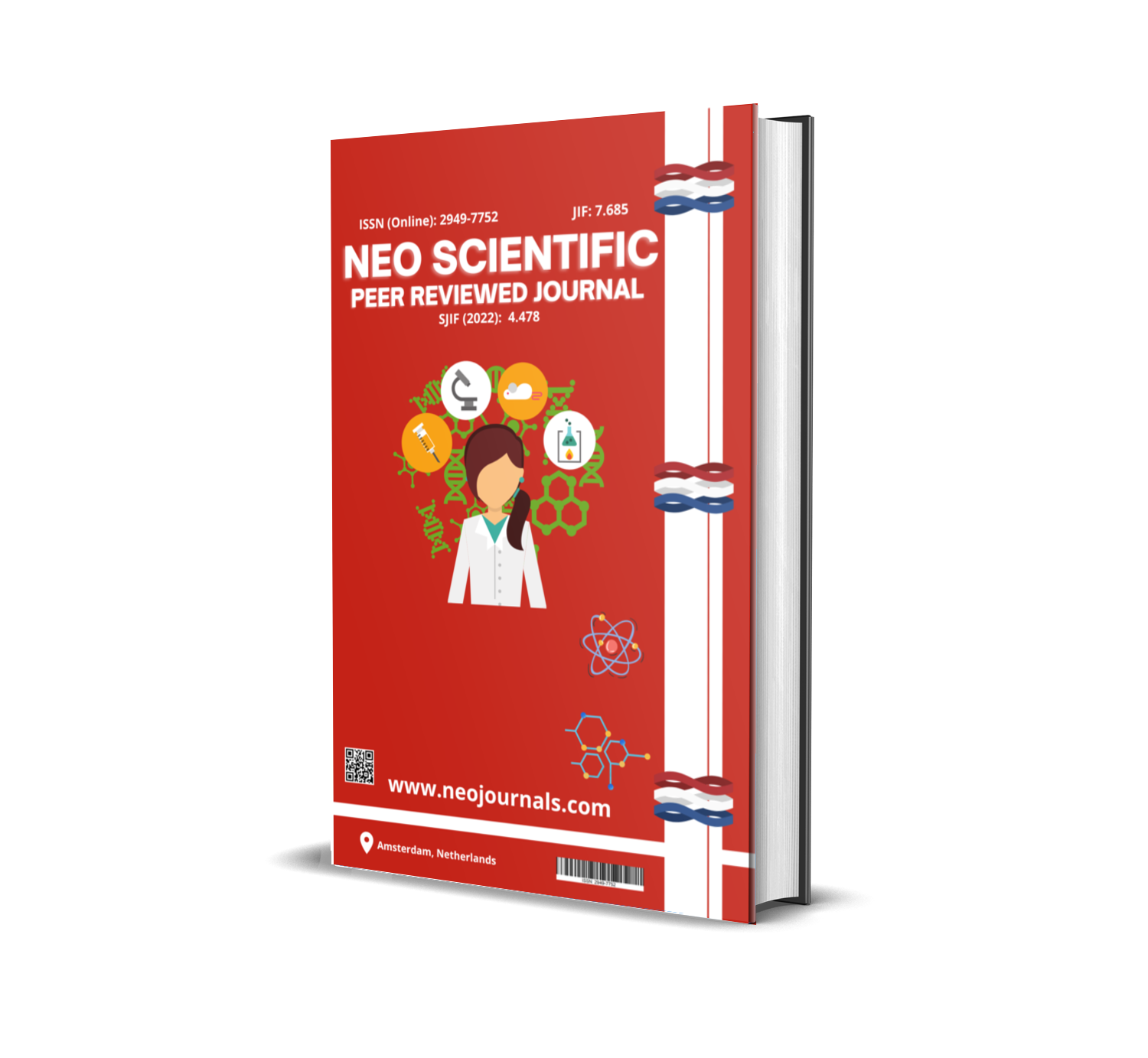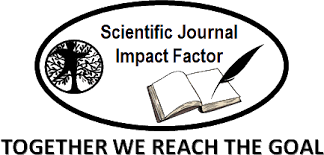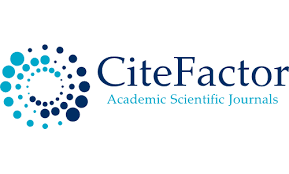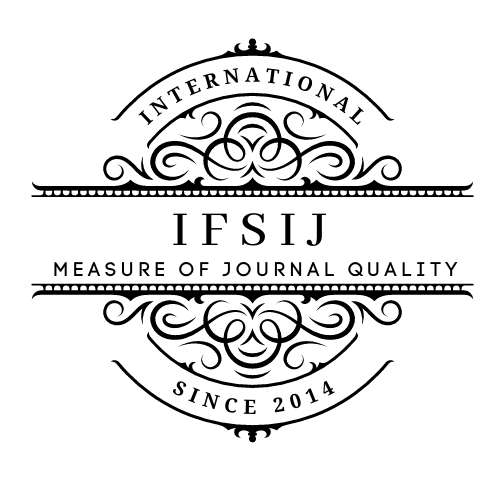PATHOMORPHOLOGICAL CHANGES IN LUNG TISSUE OF POST-COVID SYNDROME PATIENTS: IMPLICATIONS FOR CLINICAL MANAGEMENT AND REHABILITATION
Keywords:
COVID-19, post-COVID syndrome, lung tissue, pathomorphological changes, clinical management, rehabilitation, fibrosis, inflammation, histopathological analysis, respiratory function.Abstract
The COVID-19 pandemic, caused by the severe acute respiratory syndrome coronavirus 2 (SARS-CoV-2), has resulted in significant health, economic, and social disruptions globally. While the acute phase of the infection is primarily characterized by respiratory symptoms, a substantial number of individuals experience prolonged complications collectively known as post-COVID syndrome or long COVID. This article investigates the pathomorphological changes in lung tissue among post-COVID syndrome patients, emphasizing the clinical implications and potential rehabilitation strategies. Histopathological analyses reveal alterations such as fibrosis, inflammation, and necrosis, which correlate with chronic respiratory issues and reduced lung function. A multidisciplinary approach involving pulmonologists, rehabilitation specialists, and mental health professionals is essential for effective management. The study highlights the need for tailored rehabilitation programs focusing on mitigating fibrosis and inflammation while continuously monitoring lung function. By integrating findings from international research, the article underscores the urgency of addressing these pathomorphological changes to enhance patient outcomes and improve the quality of life for those affected by post-COVID syndrome.
Downloads
Published
Issue
Section
License

This work is licensed under a Creative Commons Attribution-NonCommercial 4.0 International License.







